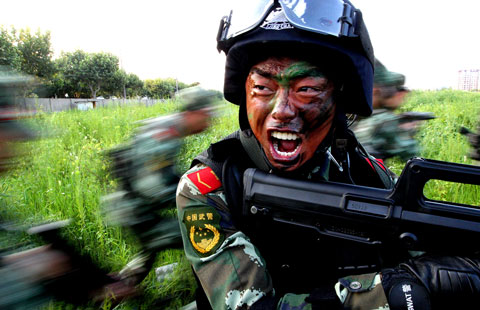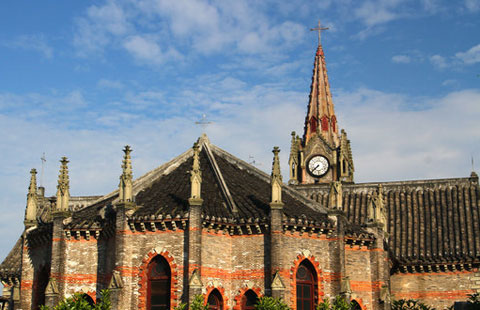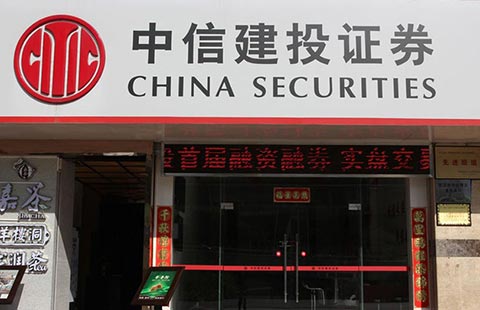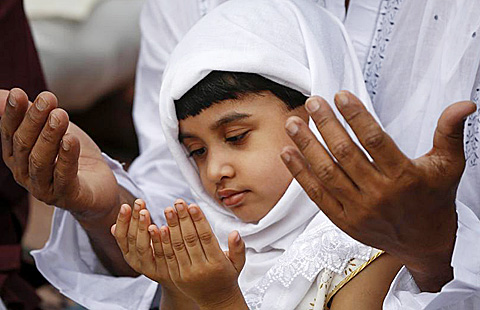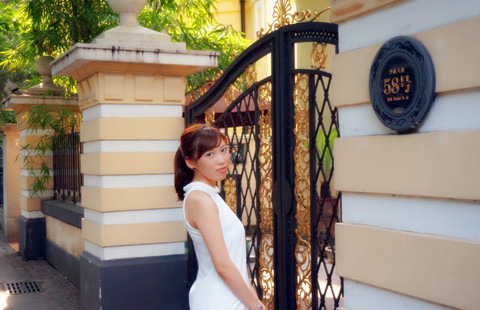
1937
July 7
The Lugouqiao Incident occurred, and the nationwide War of Resistance Against Japan started.
July 8
The CPC Central Committee published an open telegram to the nation after the Lugouqiao Incident, calling on the people to resist Japanese aggression.
July 11
The Japanese government decided to bring reinforcements into China.
July 15
The Chinese Communist Party delivered to the Kuomintang the "Declaration of the CPC Central Committee on Publishing the Cooperation Between the Communist Party and the Kuomintang" and asked the latter to publicize it immediately. On July 23, Chiang Kai-shek gave a talk in which he promised to publish the declaration on cooperation between the Chinese Communist Party and the Kuomintang. At the same time, he recognized the Chinese Communist Party and cooperation between the two parties for resisting the Japanese.
July 29
Peiping fell.
July 30
Tianjin fell.
August 13
The Japanese army attacked Shanghai and bombarded the center of the city. The army and the people in Shanghai rose in resistance.
August 22
The CPC Central Committee held the Luochuan Meeting, in which it passed a "Ten-point Program for Resisting Japan and Saving the Country."
August 25
According to the agreement of the Chinese Communist Party and the Kuomintang, Mao Zedong, chairman of the Revolutionary Commission of the CPC Central Committee, and vice-chairmen Zhu De and Zhou Enlai ordered the Red Army to be changed to the Eighth Route Army of the National Revolutionary Army. Zhu De was the commander-in-chief, Peng Dehuai, deputy commander-in-chief, Ye Jianying, chief of staff, Zou Quan, deputy chief of staff, Ren Bishi, director of the Political Department, and Deng Diaoping, vice-director.
August 31
The Eighth Route Army crossed the Yellow River to march to the frontlines.
September 6
The Shaanxi-Gansu-Ningxia Border Region Government was set up.
September 25
The 115th Division of the Eighth Route Army ambushed the Fifth Division of the Japanese army in Pingxingguan, wiping out more than 1,000 of the enemy troops and logistic personnel. The battle marked the first victory in the War of Resistance against Japanese aggression.
October 2
The Kuomintang government declared that the guerrilla forces of the Red Army in 13 areas of eight southern provinces should be reorganized into the New Fourth Army.
October 6
The US published a statement against the Japanese invasion of China.
October 26
The Japanese army occupied Niangziguan, which wiped out the big obstacle to attacking Taiyuan.
November 8
The Japanese army occupied Taiyuan, the capital of Shanxi.
November 12
Shanghai fell.
December 13
Nanjing fell. The Japanese army was ferocious. Chinese people killed or buried alive totaled more than 300,000. These deaths and more than 20,000 rape cases made up the world-shocking "Nanjing Massacre."
